Picture this: you’ve booked that dream beach vacation, packed your snorkel gear, and you’re ready to explore underwater wonderlands right from the beach. But when you wade in with your mask and fins, all you see is murky water instead of tropical fish.
While a beach may look pristine from above, many world-class resorts are not ideal for snorkeling directly from shore due to natural and environmental factors. Shore-based snorkeling can be hit or miss, even at upscale resorts, but understanding why certain locations struggle can help set realistic expectations.
Here’s a list of 17 beach resorts where wading in from the beach for snorkeling faces consistent challenges.
The Cavalier, Virginia Beach, Virginia
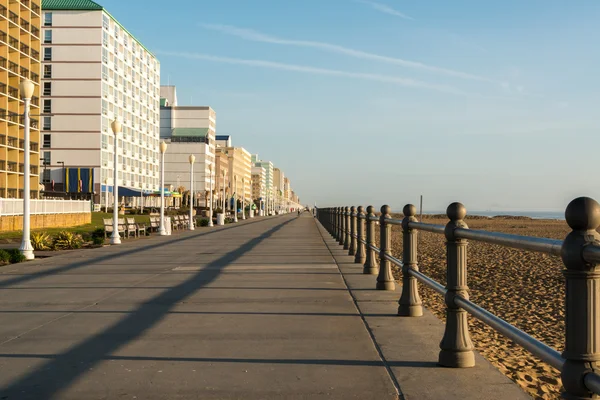
Virginia Beach exemplifies how river runoff affects shore snorkeling. The waters are very murky and not as crystal clear as those in the Caribbean, due to sediment from rivers flowing into the Atlantic.
The constant wave action stirs up sand and silt, creating visibility that’s often limited to just a few feet from shore. The Chesapeake Bay system contributes significant freshwater and sediment loads to these coastal waters.
San Luis Resort, Galveston, Texas
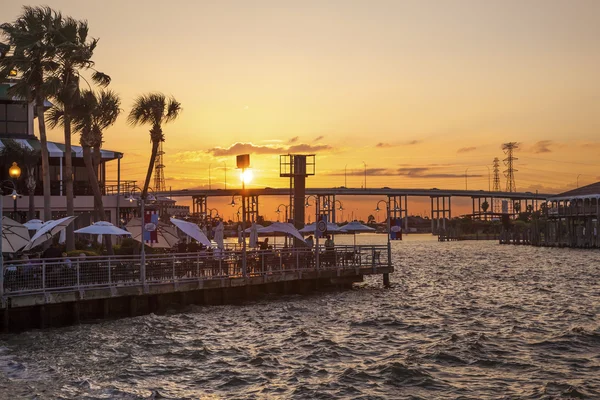
The sediments from the mighty Mississippi River tend to flow over here down the Texas Gulf Coast. The water in Galveston, specifically, is very murky due to the counter-clockwise Gulf currents carrying sediments from the Mississippi River along the entire Texas coastline.
Additional rivers around Houston, like the Trinity, deposit more silt into these waters.
Like Travel Pug’s content? Follow us on MSN.
Ocean Dunes Resort, Myrtle Beach, South Carolina
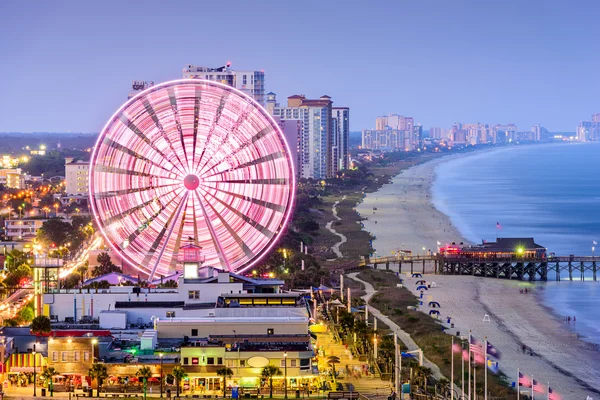
Myrtle Beach isn’t ideal for snorkeling, as the visibility is poor due to a murky thermocline caused by pluff mud. What adds to the murky water is the many rivers that feed into the sea, creating persistent cloudiness that makes shore-based snorkeling consistently challenging throughout the year.
Ritz-Carlton Amelia Island, Florida
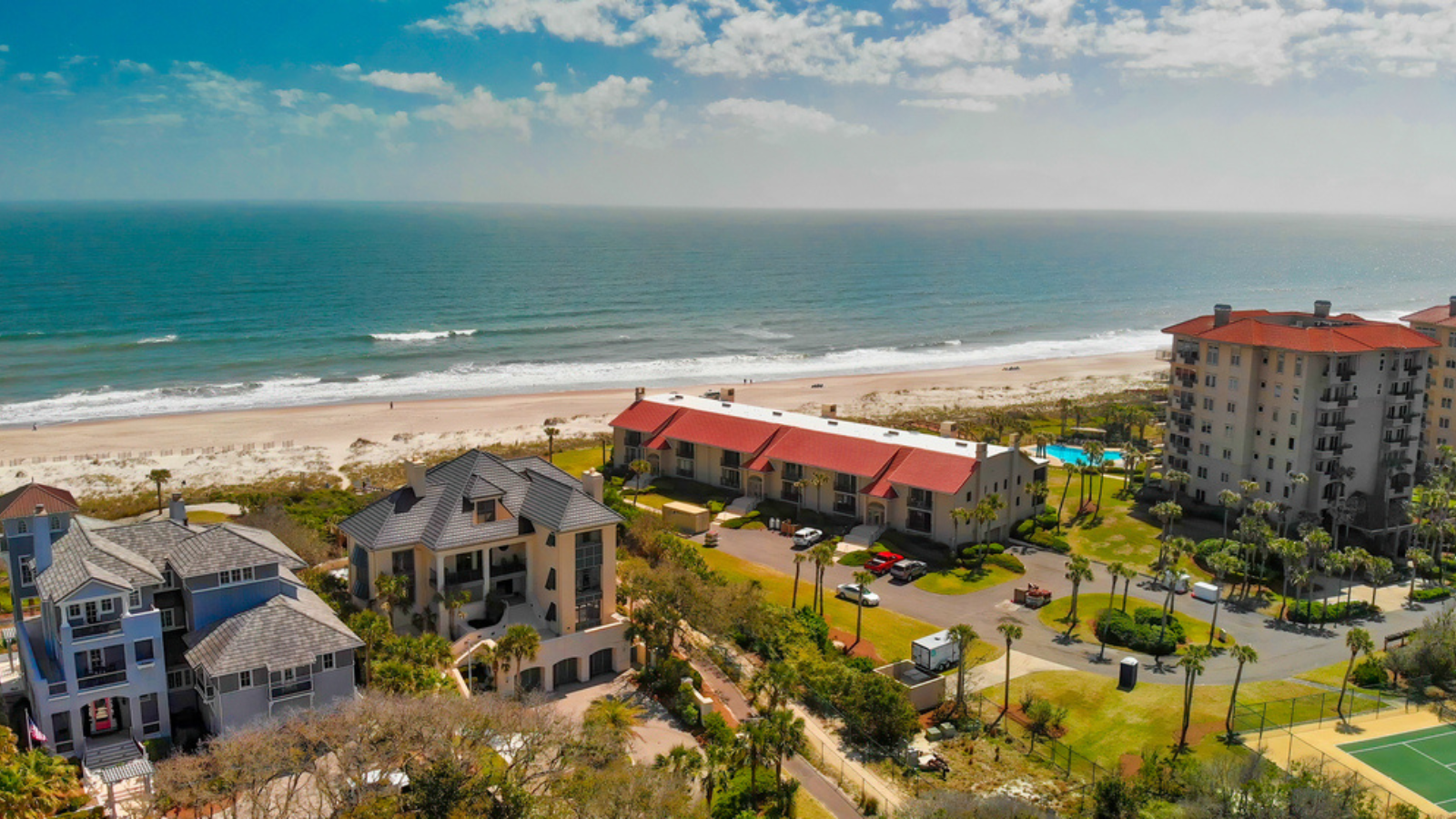
Due to the island’s location at the mouth of St. Mary’s River and the smaller Amelia River, both of which primarily flow through swamps and wetlands, all those sediments are carried to the Atlantic Ocean. The blackwater rivers create tannin-stained water near the shore that significantly limits visibility for beach snorkeling.
Jekyll Island Club Resort, Georgia

Often, if a river or stream flows out into the bay or area you are snorkeling in, there is a lot of sediment in the water. Georgia’s coastal waters receive massive freshwater input from rivers like the Altamaha, creating tannin-stained water that makes shore-based snorkeling nearly impossible most of the year.
Like Travel Pug’s content? Follow us on MSN.
Grand Beach Resort, Dauphin Island, Alabama
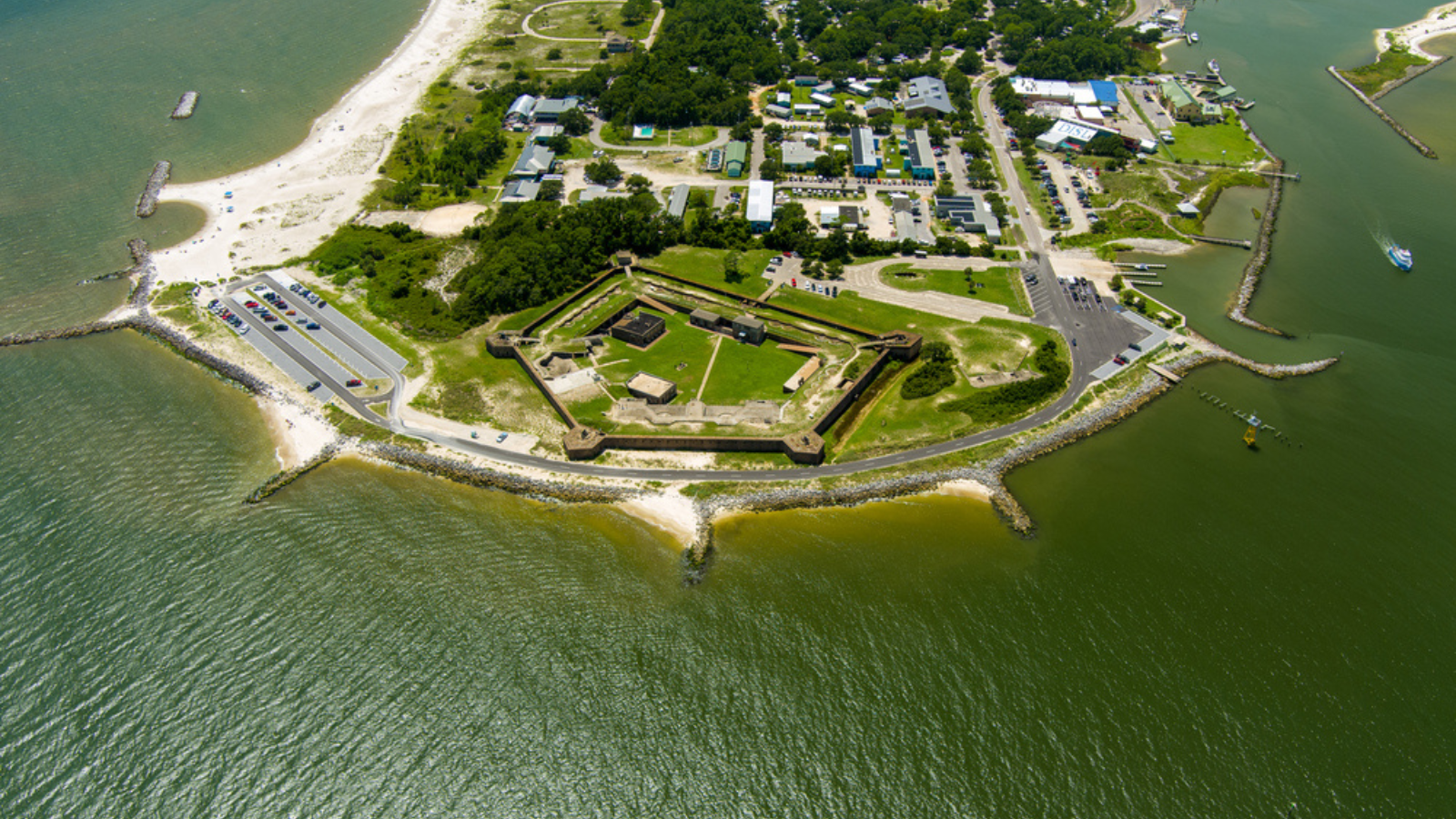
All the sediments carried on the Mississippi are released into the Sound; in addition, all the sediments carried on the Mobile River across the Southeast are released into the Mobile Bay. The confluence creates extreme tidal mixing that keeps sediment suspended in the water column.
Kiawah Island Golf Resort, South Carolina

Kiawah Island faces typical South Carolina coastal challenges where tidal action constantly stirs up the sandy bottom. The agitation of water caused by wave action and large tidal swings keeps visibility poor near shore, especially during incoming and outgoing tides.
The Sanctuary Hotel, Kiawah Island, South Carolina
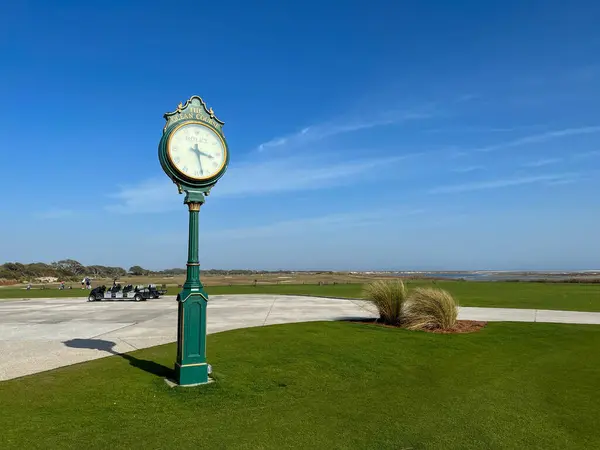
Another Kiawah location reinforces how pluff mud and massive tidal ranges affect the entire South Carolina coast. Suspended sediment, which lowers visibility, is one reason to avoid kicking the ground or sand in the area where you are snorkeling.
Like Travel Pug’s content? Follow us on MSN.
Sandpearl Resort, Clearwater Beach, Florida

Clearwater Beach’s shallow Gulf waters and sandy bottom create ongoing visibility challenges. Typically, this happens when the waves and wind are up and you are snorkeling from a sandy beach.
The extremely shallow nature means any disturbance clouds the water significantly.
Sea Pines Resort, Hilton Head, South Carolina
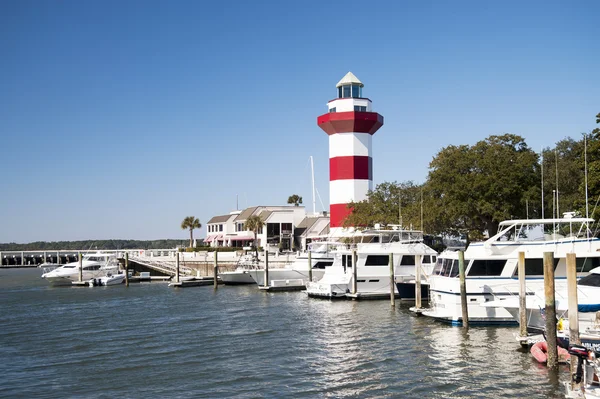
Hilton Head exemplifies how beautiful sandy beaches can mask poor underwater visibility. The same wave action that creates pristine beaches also ensures the constant suspension of sediment in the water column near the shore.
The Lodge at Pebble Beach, California

Too much light can cause decreased visibility since it encourages enormous plankton blooms. In almost every coastal area around the continental United States, algae blooms in the spring can reduce the visibility to less than 10 feet.
The California Current brings nutrient-rich upwelling that feeds massive seasonal blooms.
Like Travel Pug’s content? Follow us on MSN.
Grand Hotel, Mackinac Island, Michigan
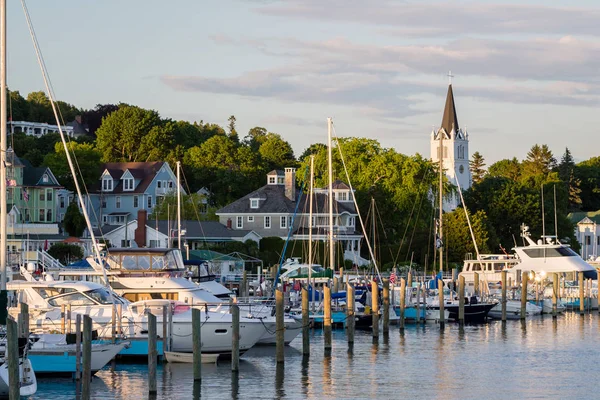
Great Lakes locations face unique challenges with seasonal algae blooms. Sometimes, water conditions become ideal for algae or bacteria to start growing rapidly, and it can fill the water to a noticeable amount, creating lower visibility.
Summer warming often triggers significant blooms in the Great Lakes.
Ocean House, Watch Hill, Rhode Island
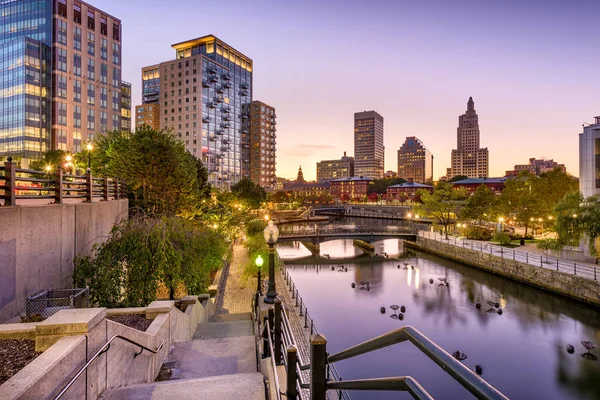
The rocky New England coastline creates challenging shore conditions for snorkeling. Cold Atlantic waters, strong currents, and frequent storms keep the water churned up with sediment near shore.
Weather is the most important consideration in evaluating diving conditions because it impacts conditions both above and below the water.
Ocean Edge Resort, Cape Cod, Massachusetts
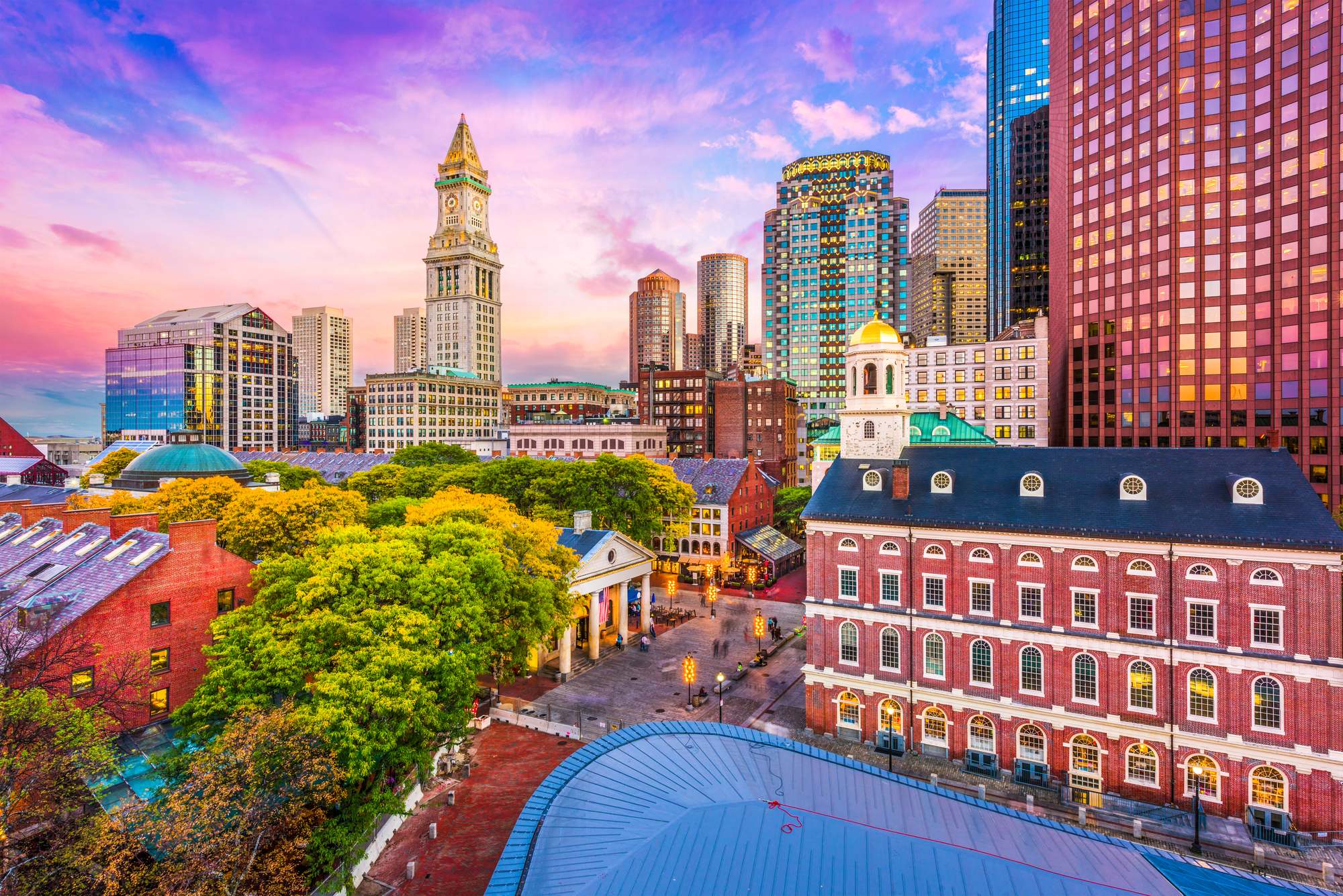
Cape Cod’s Atlantic waters present multiple challenges for shore snorkeling. As you enter the water, particularly close to shore, you may not be able to see more than a foot in front of you due to cold temperatures, strong tidal action, and frequent storms that keep near-shore waters cloudy.
Like Travel Pug’s content? Follow us on MSN.
Hotel Del Coronado, San Diego, California
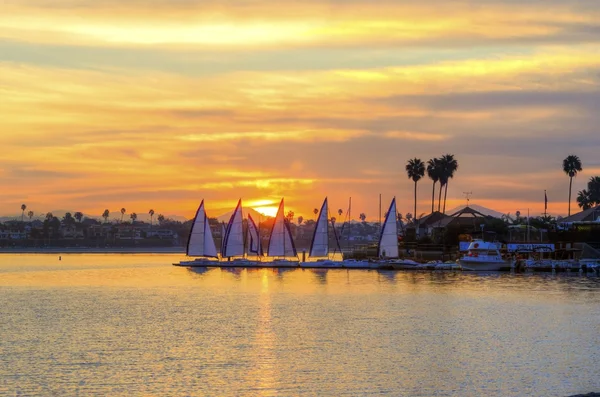
San Diego’s urban beach environment creates variable snorkeling conditions. While the area has excellent offshore opportunities, the beach itself faces challenges from heavy tourist traffic and sandy disturbance.
Conditions can vary dramatically depending on season, weather, and crowd levels.
Trump Doral Miami Beach Resort, Florida

Miami Beach’s urban environment creates persistent challenges for shore-based snorkeling. Heavy boat traffic, urban runoff, and constant disturbance of sandy bottoms limit near-shore visibility throughout most of the year.
Paradise Island Resort, Bahamas

While the Bahamas generally offers excellent snorkeling, Paradise Island sits in Nassau Harbor, where cruise ship traffic and urban development affect water quality. The harbor location means more sediment disturbance and less pristine conditions than outer island locations.
Like Travel Pug’s content? Follow us on MSN.
The Reality of Shore-Based Snorkeling

Good, clear underwater visibility, where you can see a long way, is what you want when snorkeling. Still, these destinations demonstrate that gorgeous beaches and clear shore-based snorkeling don’t always coincide. Clear water doesn’t always mean a good snorkel site and beautiful beaches can mask poor underwater visibility.
Many of these natural factors are seasonal, such as algae bloom seasons in California and the Great Lakes, red tide alerts along the Florida Gulf Coast, and major tidal swings in South Carolina and Georgia, all of which create predictable patterns of poor visibility.
If snorkeling is a priority, don’t rely on the beach alone. Check local dive or snorkel shops for offshore tours or reef access points, and always verify seasonal conditions before packing your gear. Shore-based snorkeling is hit-or-miss even at upscale resorts, but that short boat ride to a reef or cove often reveals where the underwater world shines.
More from Travel Pug

- 20 Best Beach Towns in the Carolinas
- 13 Destinations Where Tourists Regularly Regret Their Trip
- 20 Things You Actually Get in First Class
- 20 Small Airports With Aviation Museums
- 20 Places in the U.S. That Are Perfect for a Reset Trip
Like Travel Pug’s content? Follow us on MSN.
